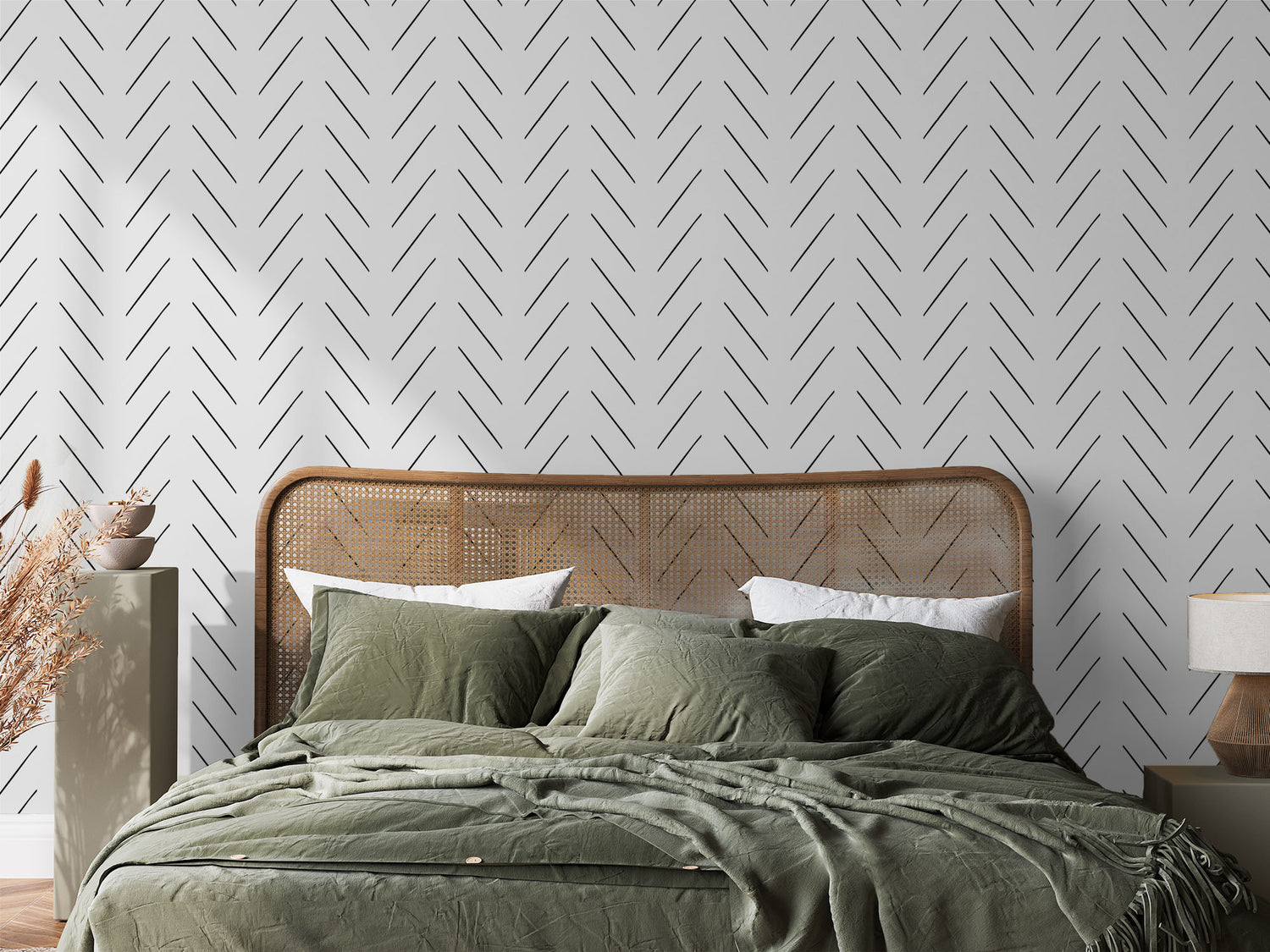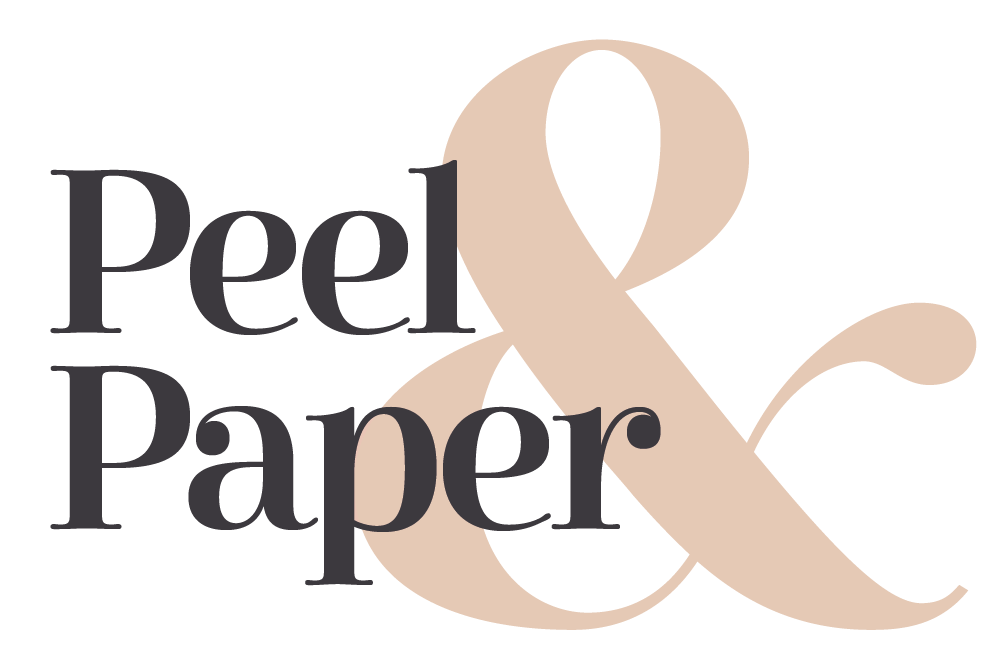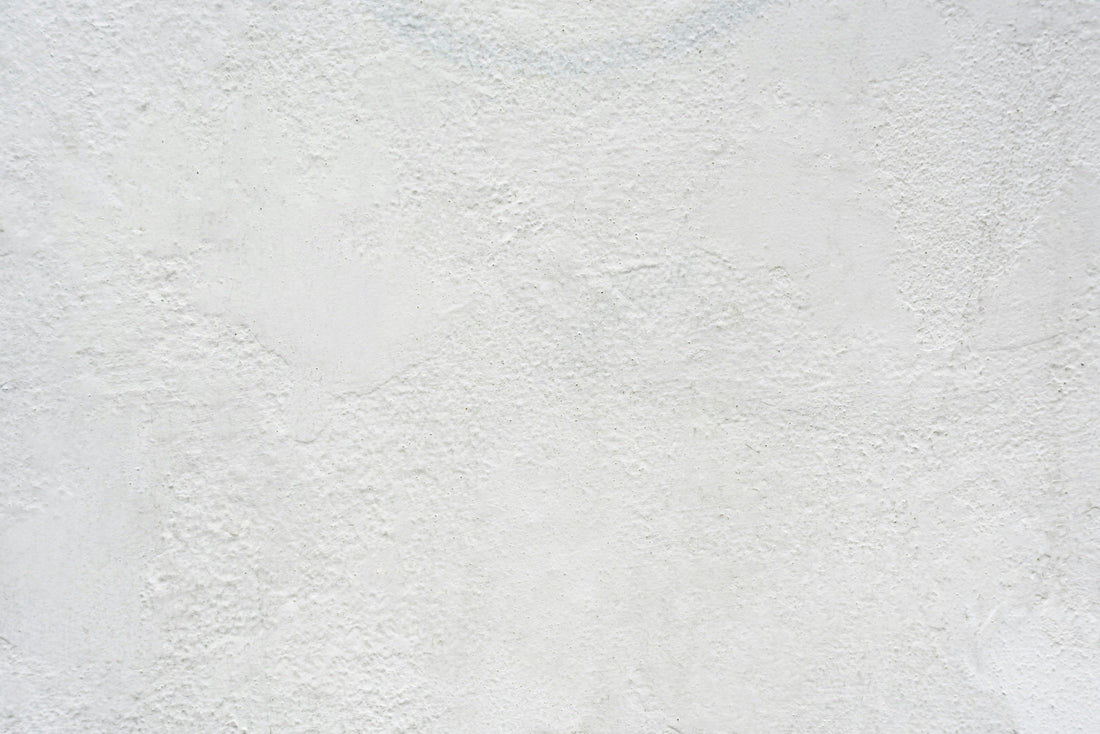Introduction
Wallpaper has made a significant comeback in recent years, and it's easy to see why. Not only can it add a touch of personality and style to a room, but it can also help to cover up imperfections on the walls. However, if you have textured walls, you may be wondering if it's possible to apply wallpaper to them. After all, textured walls can be notoriously tricky to work with, and it's natural to have doubts about whether wallpaper will adhere properly.
Despite the potential challenges, many homeowners want to put wallpaper on their textured walls because it can help to create a cohesive look, add visual interest, and even increase the value of their property. But before you start browsing through wallpaper designs, it's essential to know whether it's possible to apply wallpaper to your textured walls and, if so, how to do it successfully.
In this article, we'll explore the answer to this question and provide you with a comprehensive guide on how to wallpaper textured walls. We'll cover the factors that determine whether wallpaper can be applied to textured walls, how to prepare your walls for wallpaper, the best types of wallpaper to use, and tips for a successful application. By the end of this article, you'll have the confidence and knowledge to tackle your textured wall wallpaper project with ease.
Can You Put Wallpaper on Textured Walls?
So, can you put wallpaper on textured walls? The short answer is: it depends. While it's not impossible to wallpaper textured walls, there are certain factors that determine whether it's a good idea or not.
The Factors That Matter
The success of wallpapering textured walls depends on the type of texture and the quality of the wallpaper. Here are the key factors to consider:
Texture type: Not all textured walls are created equal. Popcorn textured walls, for example, are notoriously difficult to wallpaper due to their heavy, bumpy texture. Orange peel and knockdown textures, on the other hand, are more forgiving and can be wallpapered with the right preparation and materials.
Wallpaper type: The type and quality of wallpaper you choose can also impact the success of your project. Some wallpapers are designed specifically for textured walls and are more forgiving than others.
Preparing Textured Walls for Wallpaper
Preparing your textured walls for wallpaper is crucial to ensure a successful and long-lasting application. A well-prepared surface will help the wallpaper adhere properly, reduce the risk of bubbles and wrinkles, and create a smooth, even finish.
Here's a step-by-step guide to help you prepare your textured walls for wallpaper:
Step 1: Clean the Walls

Start by thoroughly cleaning the walls to remove dirt, grime, and any old adhesives. Use a mixture of soap and water, and scrub the walls gently with a soft-bristled brush. Rinse the walls with clean water and let them dry completely.
Step 2: Fix Any Holes or Cracks

If you have any holes or cracks in the walls, now is the time to fill them. Use a joint compound paste to fill the holes, and sand them smooth once dry.
Step 3: Sand the Walls (Optional)

Use a sanding block or an orbital sander to smooth out the texture of the walls if they are too textured. This will help create a more even surface for the wallpaper to adhere to. Start with a coarse grit sandpaper (about 120-150) and work your way up to a finer grit (220-240) for a smoother finish.
Step 4: Apply a Primer (Optional)

If your walls have a glossy finish or are particularly porous, you may need to apply a primer to ensure the wallpaper adheres properly. Use a good-quality primer, follow the manufacturer's instructions and wait 4 weeks after application to allow the primer to fully gas-out before applying any wallpaper.
Tips and Tricks
- Make sure the walls are completely dry and free of dust before applying the wallpaper.
- Use a laser level to ensure the wallpaper is applied straight and level.
- Consider enlisting the help of a friend or professional if you're not comfortable with the preparation process.
- By following these steps and tips, you'll be well on your way to creating a smooth, even surface for your wallpaper. In the next section, we'll explore the best types of wallpaper for textured walls and provide recommendations for choosing the right one for your project.
Best Types of Wallpaper for Textured Walls
When it comes to choosing the right wallpaper for textured walls, it's essential to select a type that's specifically designed to handle the unique challenges of these surfaces.
Our Top Recommendations
Peel & Stick Vinyl: Our Peel & Stick Vinyl is an excellent choice for textured walls. Made from a durable, waterproof vinyl material, it's designed to conform to the texture of the wall and provide a smooth, even finish. The strong adhesive ensures a secure bond, and the vinyl material is resistant to scratches and fading.
Paste-the-Wall Wallpaper: Our Paste-the-Wall Wallpaper is another top pick for textured walls. With its super-matte finish and soft touch, it's ideal for hiding imperfections and providing a luxurious, high-end finish. Using wallpaper paste ensures it will bond well to textured surfaces, ensuring a long-lasting application.
What to Avoid
Peel and Stick Wallpaper: While our Peel and Stick Wallpaper is a great option for smooth walls, it's not ideal for textured walls. The adhesive may not be strong enough to bond well to the texture, which can lead to bubbles, wrinkles, and other issues.
Choosing the Right Wallpaper for Your Project
When selecting a wallpaper for your textured walls, consider the following factors:
- Level of texture: If your walls have a mild texture, our Peel & Stick Vinyl may be a good choice. For more severe textures, our Paste-the-Wall Wallpaper may be a better option.
- Room and aesthetic: Think about the room's purpose and the desired aesthetic. For example, a bathroom or kitchen may require a more durable, waterproof material like our Peel & Stick Vinyl.
- Color and design: Choose a wallpaper that complements the room's color scheme and design style. Our website allows you to fully customize the color and design of your wallpaper to ensure a perfect match.
By considering these factors and choosing the right type of wallpaper for your textured walls, you'll be well on your way to achieving a beautiful, professional-looking finish. In the next section, we'll provide a step-by-step guide on how to apply wallpaper to textured walls.
Applying Wallpaper to Textured Walls
Applying wallpaper to textured walls requires a bit more finesse than applying it to smooth walls, but with the right technique, you can achieve a beautiful, professional-looking finish. Here's a step-by-step guide to help you apply Heavy Grade Wallpaper as well as Peel And Stick to textured walls like a pro:
Peel & Stick Vinyl Instructions:
- Draw a vertical line on the wall using a spirit level or plumb line (or use a laser level for a quick and easy line).
- Peel away approximately 30cm/1ft of backing paper from the top of panel 1.
- Install panel 1, starting from the top and aligning the right-hand edge to the vertical line. Smooth down the vinyl with the included felt tool, working down and to the left.
- Install panel 2, overlapping the left-hand edge onto the right-hand edge of panel 1 by around 1/4"/6mm. Continue with panel 3 and the remaining panels, visually matching the design and overlapping by 1/4"/6mm.
- Trim the edges of the paper against the wall, ceiling, skirting board, or other obstacles using a utility or craft knife.
Paste-the-Wall Wallpaper Instructions
- Draw a vertical line on the wall using a spirit level or plumb line (or use a laser level for a quick and easy line).
- Apply a very thin layer of pre-mixed 'paste-the-wall' paste to the wall with a brush or roller.
- Install panel 1, starting from the top and aligning the left-hand edge to the vertical line.
- Install panel 2, butting-joining against the left-hand edge of panel 1. Continue with panel 3 and the remaining panels, visually matching the design and joining edge to edge (no overlap).
- Firmly butt the panels at the top and let the paper hang naturally. Brush downwards, making sure the join is tightly butted all the way down.
- Trim the edges of the paper against the wall, ceiling, skirting board, or other obstacles using a utility or craft knife.
- Leave the finished wallpaper to dry, ensuring no changes in temperature or humidity for 12-24 hours after installation.
Tips and Tricks
- Use a laser level to ensure straight lines and even application.
- Apply the wallpaper in small sections to maintain even coverage and avoid air bubbles.
- Use a felt smoothing tool to smooth out wrinkles and air bubbles. Avoid stretching the material, as this can cause bubbles and misalignment.
- Use a straight edge to hold the paper down whilst cutting to prevent dragging.
By following these instructions and tips, you can achieve a beautiful, professional-looking finish with our Peel & Stick Vinyl and Paste-the-Wall Wallpaper on textured walls.
Conclusion
Wallpapering textured walls can be a bit more challenging than wallpapering smooth walls, but with the right techniques and tools, you can achieve a beautiful, professional-looking finish. In this guide, we've covered the key considerations for wallpapering textured walls, from preparing the surface to choosing the right type of wallpaper and applying it with confidence.
Get Started Today!
Now that you've got the knowledge and confidence to tackle your textured wall wallpaper project, it's time to get started! Browse our selection of Peel & Stick Vinyl Wallpaper and Paste-the-Wall Wallpaper, and choose the perfect design and color for your space. With our easy-to-use website and expert customer support, you'll be well on your way to creating a stunning, one-of-a-kind space that reflects your personality and style.
FAQs
Q: How do I clean my textured walls before wallpapering?
A: Use a mixture of soap and water, and scrub the walls gently with a soft-bristled brush. Rinse the walls with clean water and let them dry completely before applying the wallpaper.
Q: Can I use a regular wallpaper on a textured wall?
A: Not all regular wallpaper is not suitable for textured walls. It is best to use a wallpaper specifically designed for textured walls, such as our Peel & Stick Vinyl Wallpaper or Paste-the-Wall Wallpaper.
Q: How do I apply wallpaper to a textured wall with a lot of imperfections?
A: Sand the wall and use a liner paper to create a smooth surface for the wallpaper to adhere to. This will help to hide imperfections and ensure a smooth finish.
Q: Can I wallpaper over a wall with a lot of holes or cracks?
A: Yes, you'll just need to fill in the holes and cracks with a joint compound or spackling paste before applying the wallpaper. Sand the area smooth and prime it before applying the paper.
Q: How long does it take to wallpaper a textured wall?
A: The time it takes to wallpaper a textured wall will depend on the size of the wall, the complexity of the design, and your level of experience. On average, it takes around 1-2 hours to complete a single wall.
Q: Can I remove wallpaper from a textured wall?
A: Yes, but it can be a challenging process depending on the paper type. If the wallpaper is pasted on, use a wallpaper remover or a steamer to loosen the adhesive, and then scrape off the paper with a putty knife or scraper. If the wallpaper is one of our Peel & Stick wallpapers, it is completely removable and will just peel off.
I hope this FAQ section has been helpful! If you have any more questions or concerns, don't hesitate to reach out to us. Happy wallpapering!






